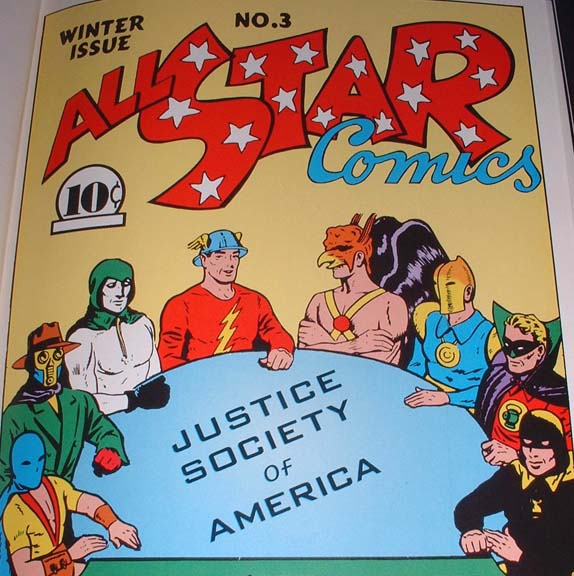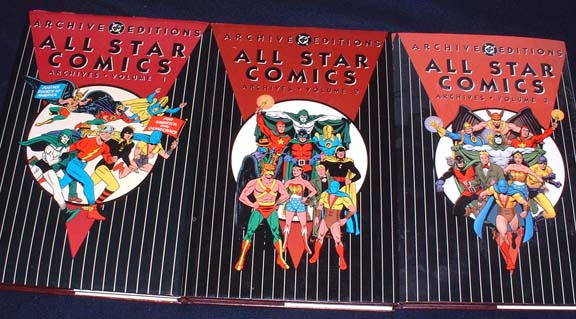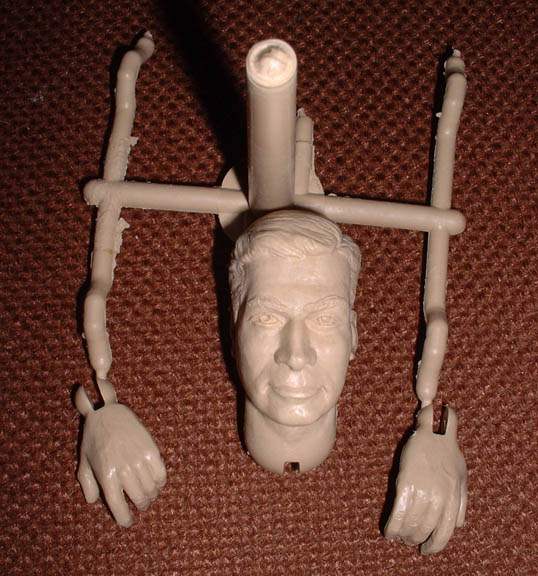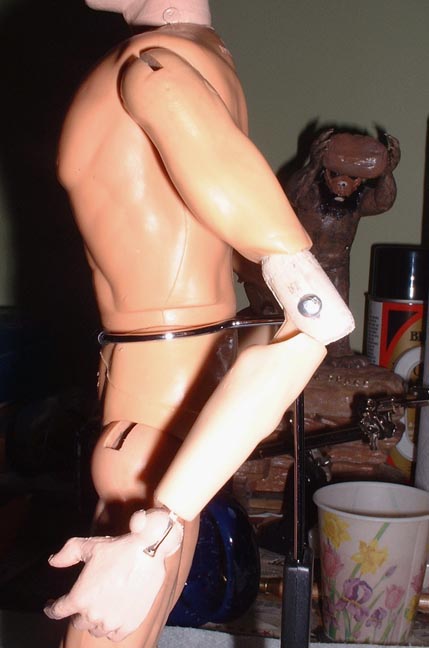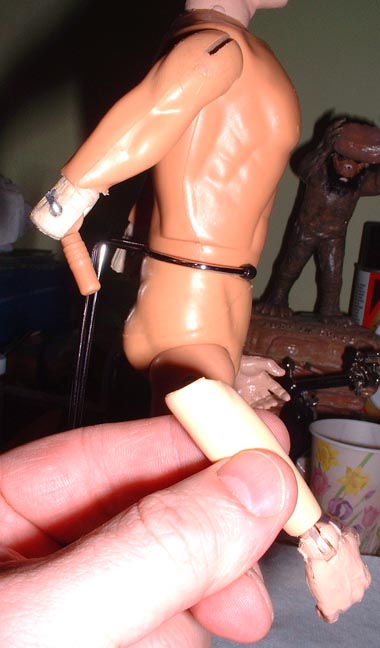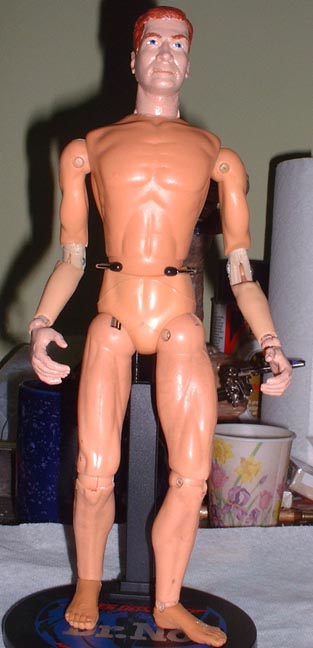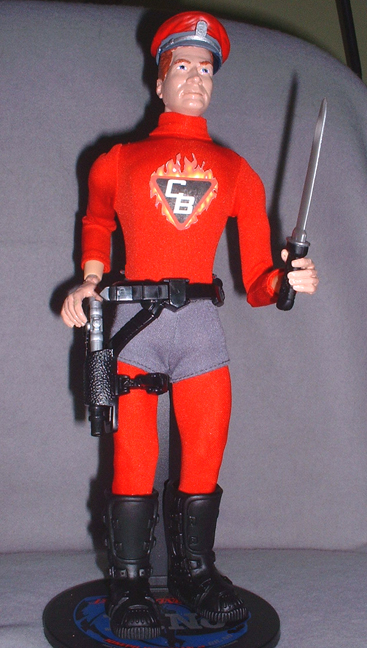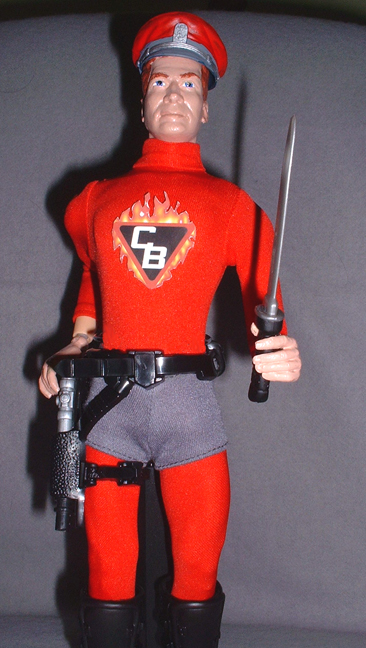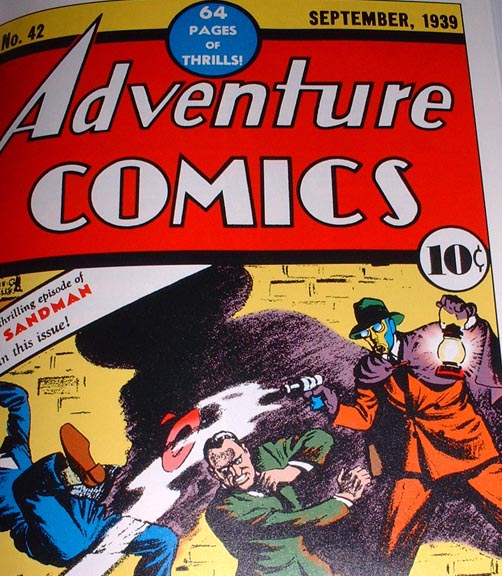 When DC Comics started putting out 100-page comics in the early 70s, I was truly thrilled. Granted I had to do some extra begging with my mom or dad to get them to shell out the 60 cents cover price versus the 20 cents for a regular-sized comic, but I would carefully explain that the added reading value provided by these jumbo size magazines outweighed the added expense. I think my dad was an easier mark than my mom because he recognized that these books were padded out with reprints of Golden Age comic stories from when he was a child. Seeing these old characters reproduced triggered a sense of nostalgia and the latest issue of Detective Comics or Adventure Comics was all mine.
When DC Comics started putting out 100-page comics in the early 70s, I was truly thrilled. Granted I had to do some extra begging with my mom or dad to get them to shell out the 60 cents cover price versus the 20 cents for a regular-sized comic, but I would carefully explain that the added reading value provided by these jumbo size magazines outweighed the added expense. I think my dad was an easier mark than my mom because he recognized that these books were padded out with reprints of Golden Age comic stories from when he was a child. Seeing these old characters reproduced triggered a sense of nostalgia and the latest issue of Detective Comics or Adventure Comics was all mine.
I loved reading these stories from the infancy of comicdom. While the artwork was generally much cruder than what was being produced in the 70s, the stories had a certain simplicity and sense of fun that was missing from the more socially aware comics of the day. To me, comics in the 70s were being written for baby boomers who were already in their teens or 20s. Like much of the entertainment back then which catered to that demographic, I always felt a little lost and forced to catch up in order to understand what was being presented. Comics from the 40s were written for kids, so they spoke to me in a direct way.
I also enjoyed how the characters seemed completely human and frequently fallible, although they always saved the day in the end. Golden Age writers like Gardner Fox and John Broome understood how to blend comedy with suspense, and their stories had a light, breezy quality painfully absent from post-Silver Age comics. These superheroes operated by the seat of their pants and their costumes looked like some hastily assembled Halloween outfit. The most curious of these early superheroes was The Sandman.
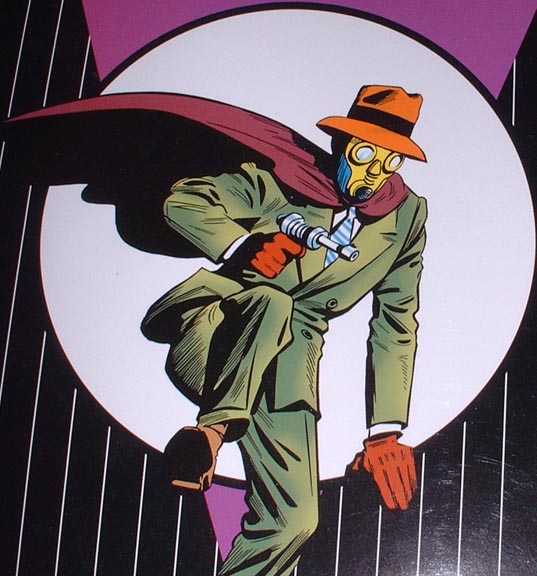 Years later, it became clear to me that The Sandman was a knock-off of The Green Hornet, with his green suit, fedora, mask, cape, and gas-gun. He even had a trusty sidekick who knew his identity like Kato, only Sandman’s accomplice was his girlfriend Dian Belmont. I didn’t make any of these connections as a child; I was just fascinated by his creepy mask. To protect himself from the knock-out gas that he sprayed from his gas gun on unsuspecting bad guys, he wore a stylized gas mask which gave him a sinister air. At first glance, I thought he was a villain, but soon realized that, not only was he a good guy, he had an easy-going, average guy humor about him that I found entertaining. I also liked that he had a cool girlfriend for a partner rather than some smart-alecky kid sidekick. And he was a member of the Justice Society of America to boot. That’s why, when I set out to make an action figure collection based on the JSA, I started with The Sandman.
Years later, it became clear to me that The Sandman was a knock-off of The Green Hornet, with his green suit, fedora, mask, cape, and gas-gun. He even had a trusty sidekick who knew his identity like Kato, only Sandman’s accomplice was his girlfriend Dian Belmont. I didn’t make any of these connections as a child; I was just fascinated by his creepy mask. To protect himself from the knock-out gas that he sprayed from his gas gun on unsuspecting bad guys, he wore a stylized gas mask which gave him a sinister air. At first glance, I thought he was a villain, but soon realized that, not only was he a good guy, he had an easy-going, average guy humor about him that I found entertaining. I also liked that he had a cool girlfriend for a partner rather than some smart-alecky kid sidekick. And he was a member of the Justice Society of America to boot. That’s why, when I set out to make an action figure collection based on the JSA, I started with The Sandman.
Of course, the mask was going to be the trickiest part of the exercise, so I saved that task for last. The first piece I found was his cape, which I took from a Star Wars Count Dooku figure. In most renderings of Sandman, his cape is purple, but that just seemed too garish to me, and in some of the early comics, the cape was a more realistic brown. Therefore, I felt fine with using a brown cape. The fedora was a Dale Van Slyke creation I bought on eBay, and the brown shoes I got from Old Joe Infirmary, along with the cream colored shirt and polka-dot tie.
The green suit was a real problem. At first, I sought out a white suit that I could dye green, but I came across this curious Civil War outfit on the Cotswold Collectibles Web site. Apparently, there was a Confederate unit that wore a green uniform. I bought it and was able to adapt it into a 40s style suit by simply turning out the lapels in a different way. I equipped him with a gas gun which was simply the gun used for the Playing Mantis Green Hornet costume created for Captain Action.
The Sandman was coming together nicely, except for that main piece: the mask. I attempted to create a mask using Sculpy, but the results were not pleasing. Then, as luck would have it, Sideshow Collectibles put out a series of 12” figures based on characters from the movie Hellboy. One of the characters, Kroenen I believe, had a mask similar to Sandman’s, so I bought the figure and quickly set about modifying it to look like The Sandman. While the Kroenen mask was completely smooth on the front, Sandman had a strange looking breathing apparatus which I needed to fabricate. I ended up using pieces I cut from a 1/6th scale assault rifle. When you buy as many action figures as I have over the years, you always have a pile of tiny weaponry on hand for customization. Anyway, after affixing my make-shift breathing piece, I painted the mask to match the colors from the comic. Here is the end result:
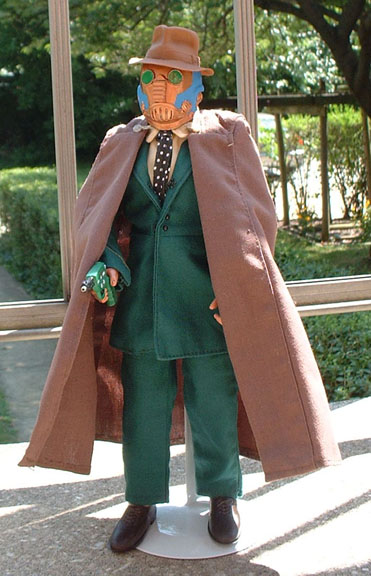
During the 40s, as The Sandman’s popularity waned, he underwent a makeover which put him in a more conventional yellow-and-purple unitard. Dian was killed off and her nephew became Sandman’s new sidekick. Joe Simon and Jack Kirby took over the artwork, and the character suddenly bore a striking resemblance to Kirby and Simon’s other creation, Captain America and Bucky. Although this boosted the character’s popularity at the time, the original, mysterious looking Sandman was the image that was used when the character was revived in the 70s. You can’t beat something as unique as the Golden Age Sandman.









